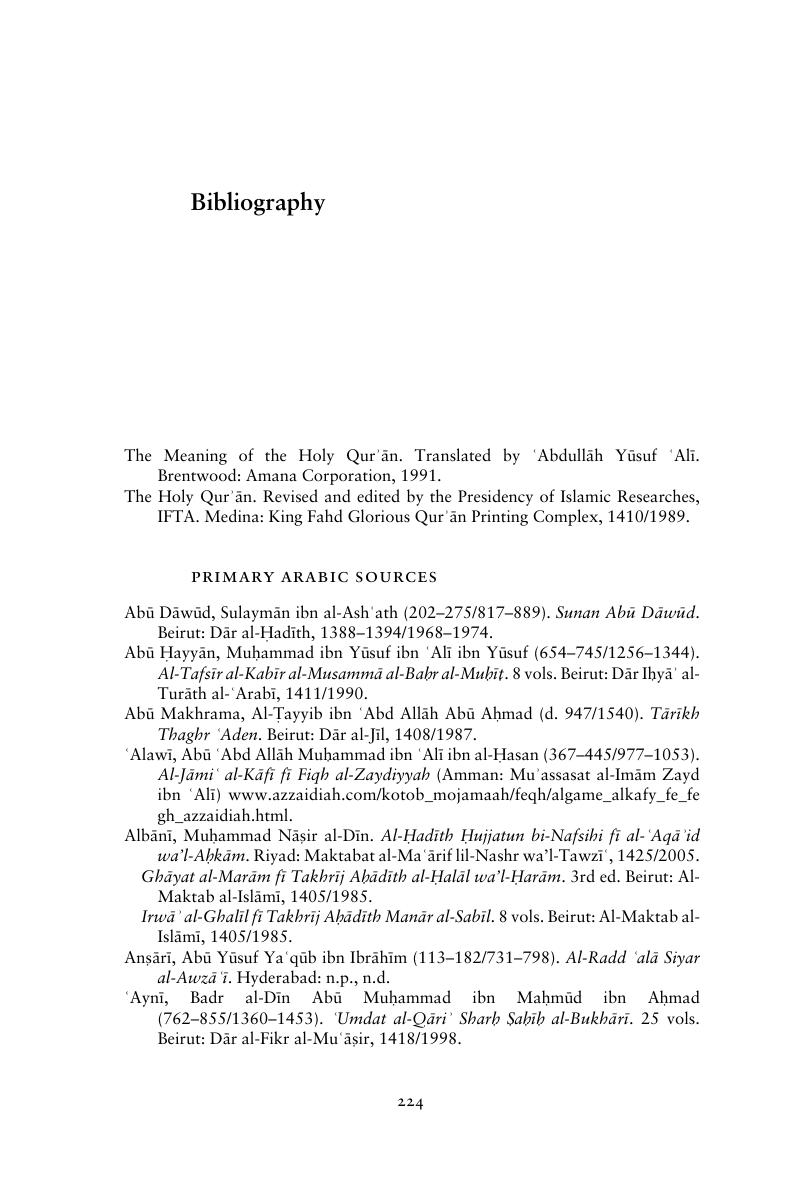Book contents
- Islamic Law of the Sea
- Cambridge Studies in Islamic Civilization
- Islamic Law of the Sea
- Copyright page
- Contents
- Maps
- Preface
- Glossary of Non-English Terms
- Transliteration Scheme
- Dedication
- Introduction
- 1 Freedom of the Seas
- 2 Offshore Sovereignty and the Territorial Sea
- 3 Piracy and Its Legal Implications
- Conclusion
- Bibliography
- Index
- Other titles in the series
- References
Bibliography
Published online by Cambridge University Press: 22 April 2019
- Islamic Law of the Sea
- Cambridge Studies in Islamic Civilization
- Islamic Law of the Sea
- Copyright page
- Contents
- Maps
- Preface
- Glossary of Non-English Terms
- Transliteration Scheme
- Dedication
- Introduction
- 1 Freedom of the Seas
- 2 Offshore Sovereignty and the Territorial Sea
- 3 Piracy and Its Legal Implications
- Conclusion
- Bibliography
- Index
- Other titles in the series
- References
Summary

- Type
- Chapter
- Information
- Islamic Law of the SeaFreedom of Navigation and Passage Rights in Islamic Thought, pp. 224 - 269Publisher: Cambridge University PressPrint publication year: 2019

